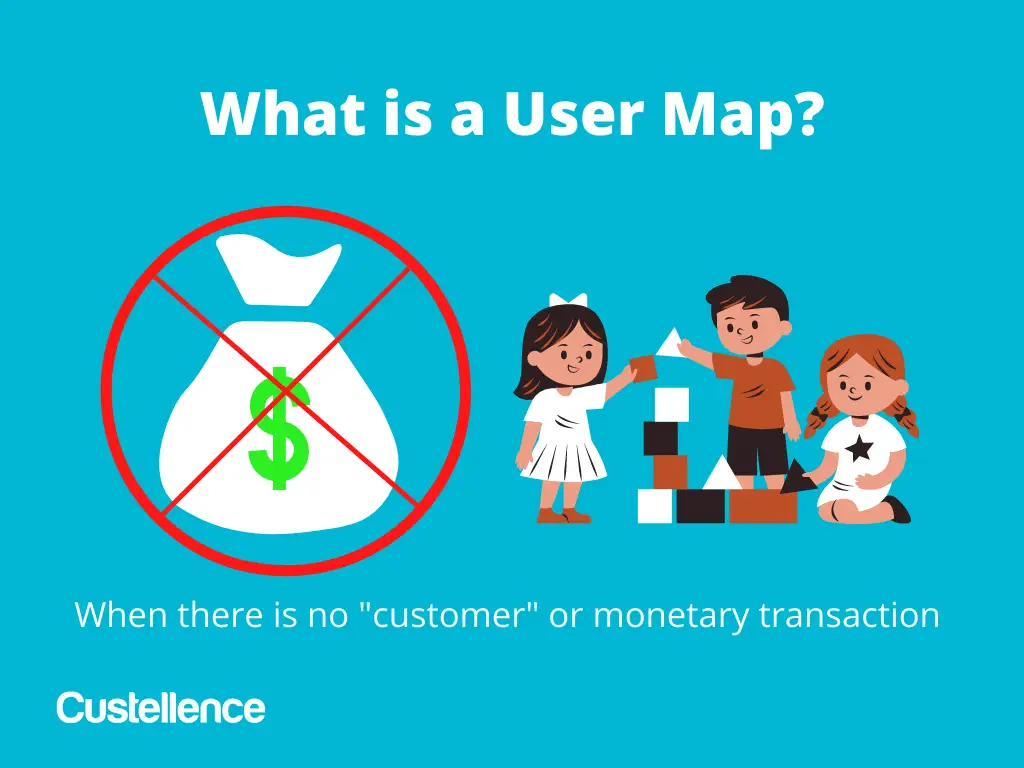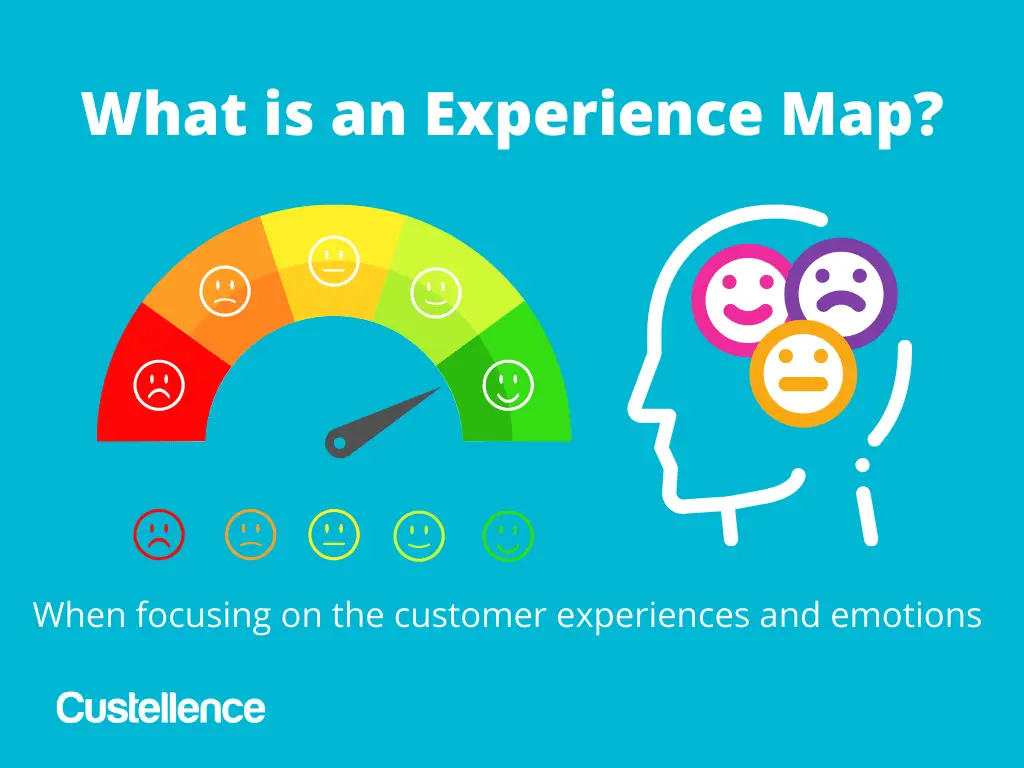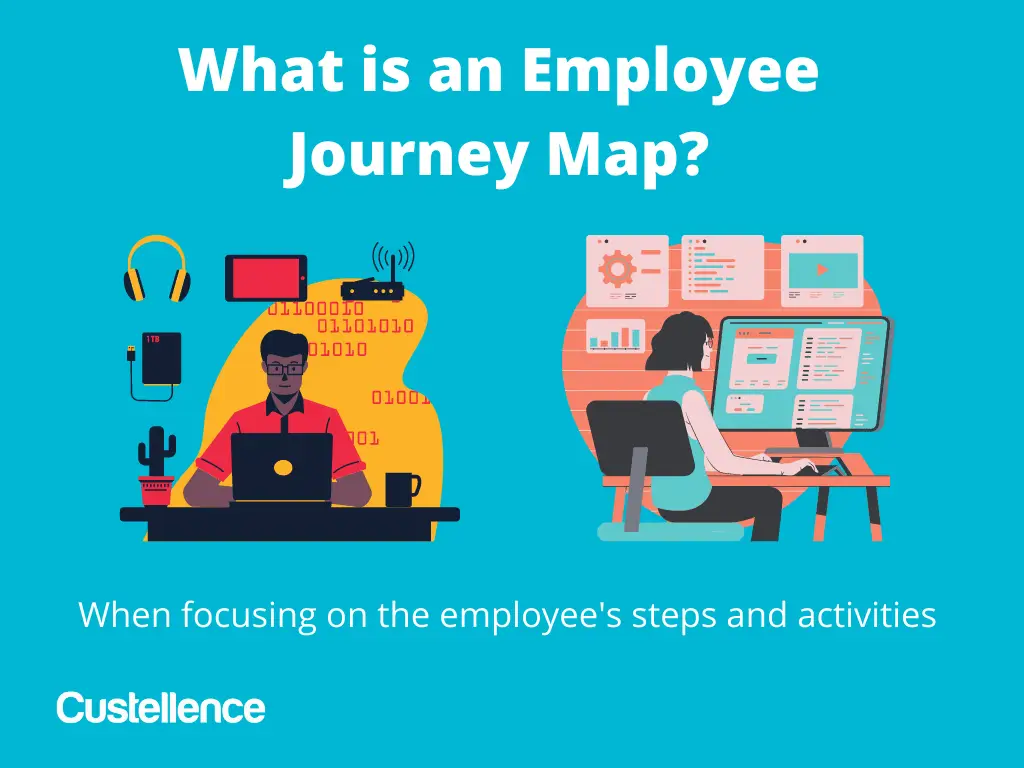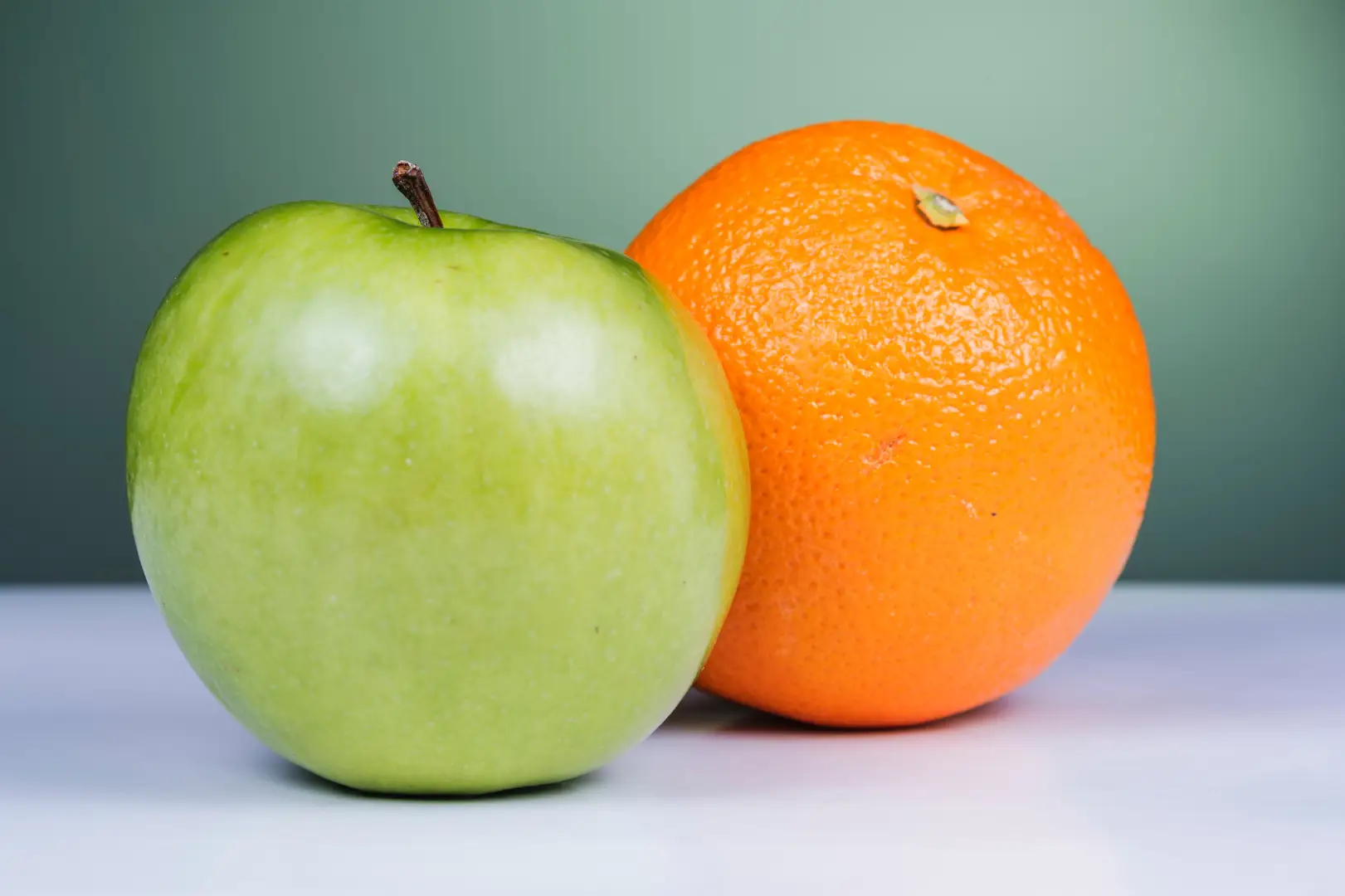Customer journey maps leverage customer insights to create more value from the customer’s perspective. But how do they compare with service blueprints and experience maps? Understanding the differences between these journey-based maps and when to use each one will give your organization a head-start on your mapping.
What are customer journey maps and Service Blueprints?
A customer journey map uses an external focus on the customer perspective. This should answer the question: How can we deliver value to the customer?
The foundation of the map is to understand the customer’s situation or activities going through the offer, service, or experience. It can also include the touchpoints that a customer has with the organization. Mapping out their journey to help highlight and expose pain points. The first step in a traditional service blueprint is to map out the customer journey or perspective in the top lanes.
The service blueprint uses an internal view of the processes of an organization. Asking the question: What are we doing to deliver the service?
Anything that has to do with answering that question relates to the service blueprints. The lanes below the customer journey are the true heart of the service blueprint. They visualize the various kinds of support systems, employee activities, and actions behind the lines of visibility of the customers to deliver the experience.

Want to learn more about the differences between customer journey maps and service blueprints? We recommend reading this excellent article by Megan Erin Miller from Practical Service Design
Other common map types
What about other map types? There are many more different types of journey maps that you can come across and that you may find useful. Here is a list of 3 of the most common journey maps.
What is a user map

Customer journey maps become user maps when the individuals or groups whose journey you’re mapping, are not customers or have no monetary transactions. Examples of this are when projects are in a state of development. When the user whose journey you are mapping is a child. Particularly in the public sector, when mapping the journey of citizens or patients. The term User is better suited and more applicable than Customer.
What is an experience map

Experience maps is the part of the customer journey that focuses on the customer experience and emotion. The intention of an experience map is to help the organization internally build empathy for the customer’s point of view. Directing attention to the touchpoints with negative experiences for the customer to find ways to improve their journey.
What is an employee journey map

An employee journey is similar to a customer journey, except that the focus is on the employee’s steps and activities within the organization. The idea behind employee journey maps is to help understand the employee experience because their experiences will affect the customers. It can be a powerful tool to map the employee’s journey below the customer’s journey to see both touchpoints as well as the activities that can indirectly affect the customers.
When to use each journey map type?
Knowing the different map types is only half the struggle, and knowing when to create and use these map types is the other half. Here is a little guide to remind you what the purpose is of each of the different journey maps and when to use them.

If you don't want to start mapping from scratch, take a look at our free templates. You'll find template examples for customer journey maps, service blueprints, experience maps and many others. All of our templates are versatile and applicable in more than one industry. They are also easily adjusted and tailored to your specific business an customer needs.
Are you curious about how to start mapping customer journeys, service blueprints, or user maps like a professional? Check out our step-by-step guide on how to create a journey map and get started today!
Customer journey mapping essentials masterclass
What’s the difference between customer journey, user journey, experience, employee journey maps, and service blueprints? And when should you do what? Watch the fourth lesson in the Masterclass, created by Custellence and The Service Design Show.
By Benny Farnworth


